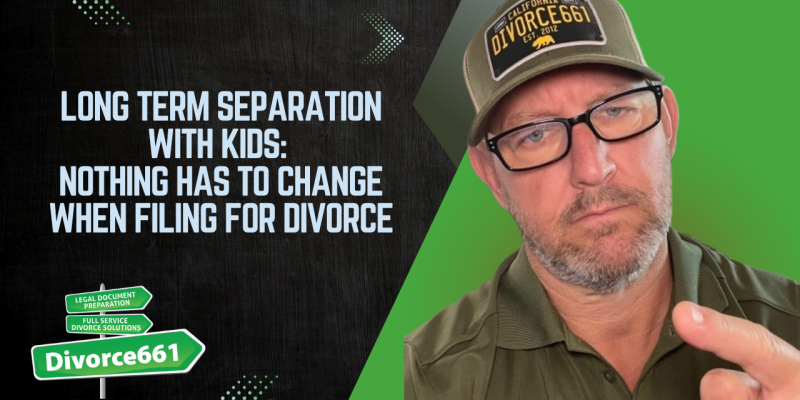🤔 Divorcing with Children Born Before the Marriage (What They Don’t Tell You)
Going through a divorce is complicated enough, but when children born before the marriage are involved, the process can become even more challenging. Many people don’t realize there are specific legal requirements that need to be met to avoid delays or rejections in court. As someone who has handled numerous cases in this area, I want to share crucial information that often gets overlooked but can make a significant difference in your divorce proceedings.
Understanding the Importance of the Declaration of Paternity
In my experience, I’ve recently encountered five new cases where the spouses had children born before their marriage. This situation is more common than you might think, and if you fall into this category, there is a critical step you need to take when filing your divorce petition.
Specifically, you must attach the Declaration of Paternity to your petition. This document legally establishes who the father of the child is, which is essential for custody, support, and other family law issues during divorce.
Why is the Declaration of Paternity Necessary?
Without this declaration attached, your divorce paperwork—particularly the judgment form known as FL-170—is at risk of being rejected by the court. The FL-170 is a vital document in finalizing divorce orders, and courts require all relevant information regarding children involved, including those born before the marriage.
Failing to provide the Declaration of Paternity can cause unnecessary delays and complications, which no one wants during an already stressful time. Ensuring this document is included helps clarify parental rights and responsibilities from the outset.
Steps to Take When Divorcing with Children Born Before the Marriage
- Identify all children born before the marriage: Be upfront and clear about all children involved, regardless of when they were born.
- Obtain and complete the Declaration of Paternity: This form legally confirms the paternity of the child. It’s essential to have this on file before submitting your divorce petition.
- Attach the Declaration of Paternity to your petition: When filing, make sure this document accompanies your paperwork.
- Include the Declaration with your FL-170 Judgment: This ensures the court has all necessary documentation to proceed without rejecting your judgment.
- Consult with your attorney or family law professional: If you have any doubts or questions about the process, seek legal advice to avoid pitfalls.
Why Courts Are Strict About This Documentation
Family courts prioritize the best interests of the children involved in any divorce case. Establishing clear parentage through the Declaration of Paternity is a foundation for decisions about custody, visitation, and child support. Courts want to avoid ambiguity and ensure every child’s rights are protected, which is why they enforce strict documentation requirements.
Final Thoughts
Divorcing when children were born before the marriage comes with unique challenges that most people are not prepared for. One of the most commonly overlooked yet critical steps is attaching the Declaration of Paternity to both your divorce petition and the FL-170 judgment form. Without this, your paperwork could be rejected, causing delays and additional stress.
By understanding and following these requirements, you can help ensure your divorce process goes more smoothly and that your children’s rights are properly represented. If you’re navigating this situation, take this advice seriously—it could save you time, money, and heartache.
For more insights and guidance on divorce, especially when children are involved, keep informed and prepared. Your family’s future depends on it.




